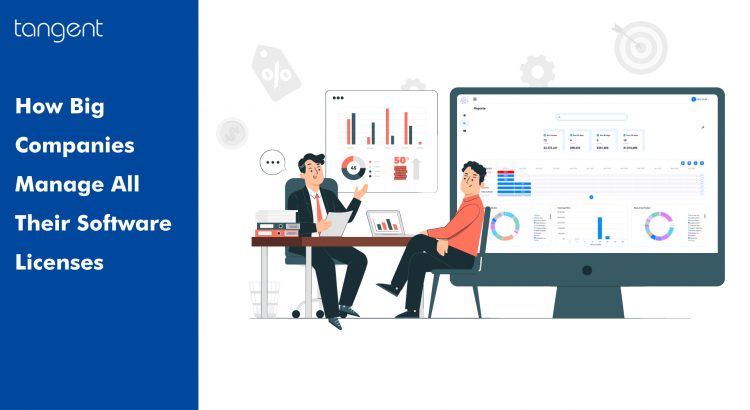Industrial automation has come a long way in recent years, and the rise of industrial PCs has played a significant role in this revolution. Industrial PCs are used to control and monitor a wide range of manufacturing processes, from assembly lines to robotic systems. In this blog, we will discuss how industrial PCs are revolutionizing industrial automation. […]
Month: March 2023
Choosing the Right Industrial PC for Your Manufacturing Needs
Manufacturing processes have become increasingly reliant on technology, and industrial PCs have become an essential component of these processes. However, selecting the right industrial PC for your manufacturing needs can be a daunting task. In this blog, we will discuss the factors you need to consider when choosing the right industrial PC for your manufacturing […]
Industrial PCs for Clean Room Applications
Clean rooms are critical environments used in industries like pharmaceuticals, biotech, and semiconductor manufacturing to maintain a controlled environment free of airborne contaminants. The stringent requirements for clean room environments make it necessary to use specialized equipment that can operate without causing contamination. Industrial PCs are an essential component in clean room applications, offering a […]
Clean Rooms and Industrial PCs: A Perfect Pairing
Clean rooms are critical environments that require specialized equipment to maintain a contamination-free environment. Industrial PCs are a perfect pairing for clean room applications, providing reliable and efficient solutions for controlling processes and data management. The strict cleanliness requirements of clean rooms make it necessary to use specialized equipment that can operate without causing contamination. […]
Industrial PCs Necessary for Clean Rooms
Clean rooms are critical environments used in industries like pharmaceuticals, biotech, and semiconductor manufacturing to maintain a controlled environment free of airborne contaminants. The stringent requirements for clean room environments make it necessary to use specialized equipment that can operate without causing contamination. Industrial PCs are a necessary component in clean room applications, offering reliable […]

The Difference between a Subscription Manager and a Full Software License Manager
Do you know what truly sets a software license manager apart from a subscription manager?” A software license manager and a subscription manager may seem like similar entities, but in reality, they serve distinct purposes. A quote from Michael Feiner, a renowned management expert, puts it perfectly: “Good managers know how to delegate; great managers […]
Industrial PCs Versus Military PCs
Industrial PCs and military PCs are both specialized types of computers that are designed to operate in harsh environments and demanding conditions. But what exactly sets these two types of PCs apart? How do they differ in terms of performance, durability, and functionality? Industrial PCs are designed to operate in industrial environments, such as factories, […]

How Big Companies Manage All Their Software Licenses
Have you ever stopped to think about the sheer number of software licenses a large company might have to manage? With hundreds, if not thousands of employees, each with their own devices, programs and applications, the task of keeping track of software licenses is a complex one. According to a recent survey, the average cost […]

DMARC: How Hackers Exploit Misconfigured DMARC Settings
Email security is a critical concern for businesses and organizations of all sizes. One important tool for protecting against email-based attacks is DMARC. When properly configured, DMARC helps to confirm the authenticity of emails & intercept them from being spoofed or impersonated. However, misconfigured DMARC settings can leave an organization vulnerable to hacking attempts. We’ll […]

Celebrating Women’s Month: Lorraine’s House
In honor of Women’s Month, Tangent would like to highlight a notable non-profit organization dedicated to changing the lives of women: Lorraine’s House. Lorraine’s House is a transitional living community comprising four luxury homes for residents to live in during their transitional sobriety journey. Lorraine’s House provides guidance, counseling, and support for residents to help […]